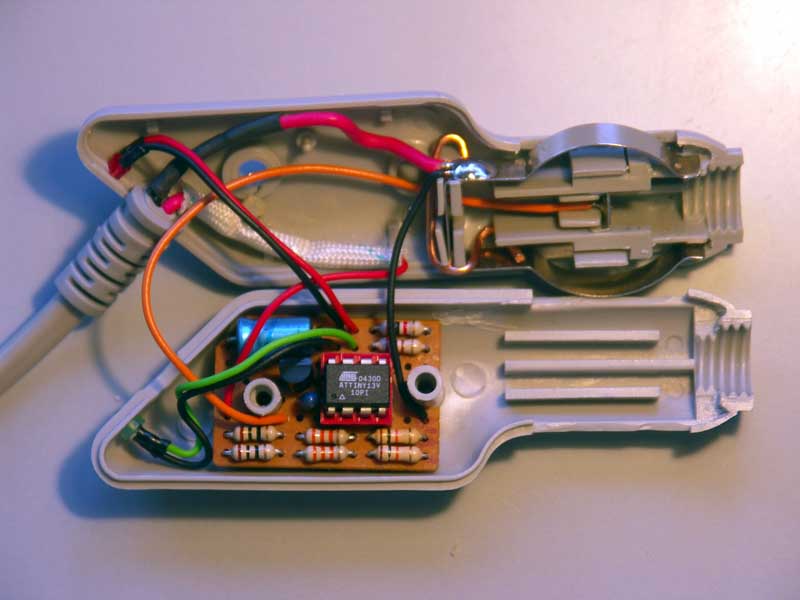


Depending on the capacity of your car battery, you may want to opt for a larger unit to ensure you have enough kilowatt hours (kWh) to ensure you can fill up your car while the sun is out. These models range from three kilowatts all the way up to 22 kW, though the latter are prohibitively expensive. How quickly a solar charger "refuels" your electric car will depend on the number of panels and the type of wall unit you have installed. This is then connected to your household power grid, though you could reserve it for your charging port only. So, how do you combine solar panels and EV chargers? First of all, you will need to plug the rooftop solar panels into a PV charge converter, which will transform the photovoltaic energy into direct current. Solar panels for vehicles are simply meant to maintain the charge on a 12 V battery that is used to power on-board devices, not propel an entire vehicle. Don't mistake charging a fully electric automobile via solar panels with using solar battery chargers for cars, as these are not the same thing. Both the panels and charging point should be installed by professionals, so it only makes sense that putting a system in place to create a solar EV charger is the business of experts, too.

In fact, it's not something you should DIY at all. If you want to recharge your EV using solar power, it is not as simple as strapping a few panels on top of your Tesla.


 0 kommentar(er)
0 kommentar(er)
